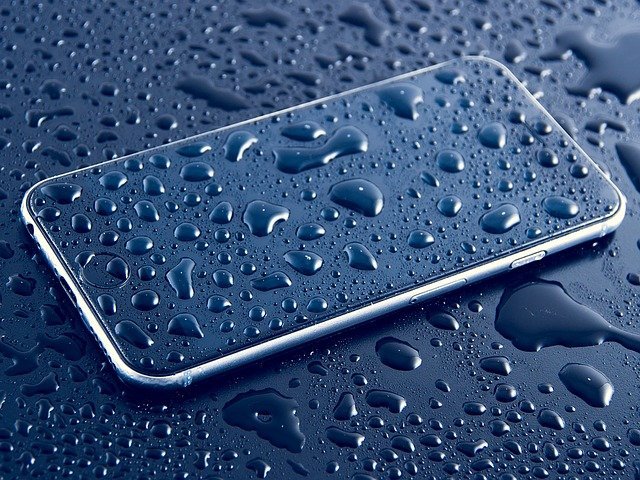When fixing an iPhone screen, you have to be careful with the heat gun – the clue is in the name.
If you overheat the handset you can damage the insides even before you can lever off a cracked screen, let alone replace it with another. And then you have to remember which screw is which.
Right-to-repair campaigners may have won a victory when Apple said it would make repair kits for iPhone 12 and iPhone 13 handsets available to the public next year, but I am learning it will not be straightforward for the rest of us.
Apple itself stressed that its new service would not be for have-a-go enthusiasts but for “individual technicians with the knowledge and experience to repair electronic devices”.
Junaid Syed, 31, and his brother Jawad, 33, have the knowledge and experience to fix an iPhone. They run Sarasfix in central London and do their best to keep phones out of the bin. The brothers kindly let an unskilled Guardian reporter into their shop to try to replace the screen on an old iPhone 12, with Junaid patiently supervising what soon becomes a jumble of tiny screws and pinch-eyed concentration.
First of all, you must don some protective goggles and a pair of latex gloves (to shield yourself from the broken screen’s glass). There are other basic equipment needs: three different screwdrivers; a magnetic mat; a heat gun (to loosen the glue that attaches the screen to the phone); and plectrum-like plastic pieces to lever out parts.
For a well practised technician like Junaid the process takes 20 minutes. For the Guardian it takes an hour, even with supervision. The screws are fiddly and the engineering is intricate, which becomes apparent as soon as I’ve swapped a pen for a miniature screwdriver.
Once you’re in the innards of the phone, you have to undo more screws and detach connectors – which link the screen to the main body of the phone – as well as the face ID sensor. The process is then reversed (reattaching the connectors to a new screen, putting back in the right screws, pressing the new screen into place) before pressing the power button to see if the process has worked.
Apple encourages people taking the official route – through sites that use official parts such as an affiliated independent shop or an Apple store – because the unofficial parts used by third party outlets can be unreliable.
<span class="…….
Source: https://www.theguardian.com/technology/2021/nov/27/what-is-it-like-trying-to-fix-an-iphone-yourself



